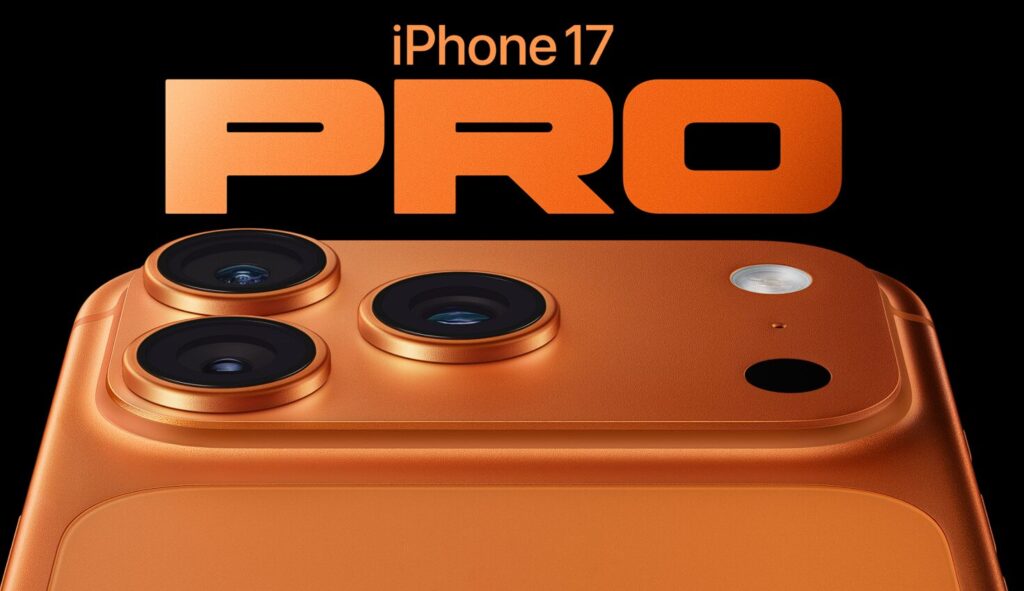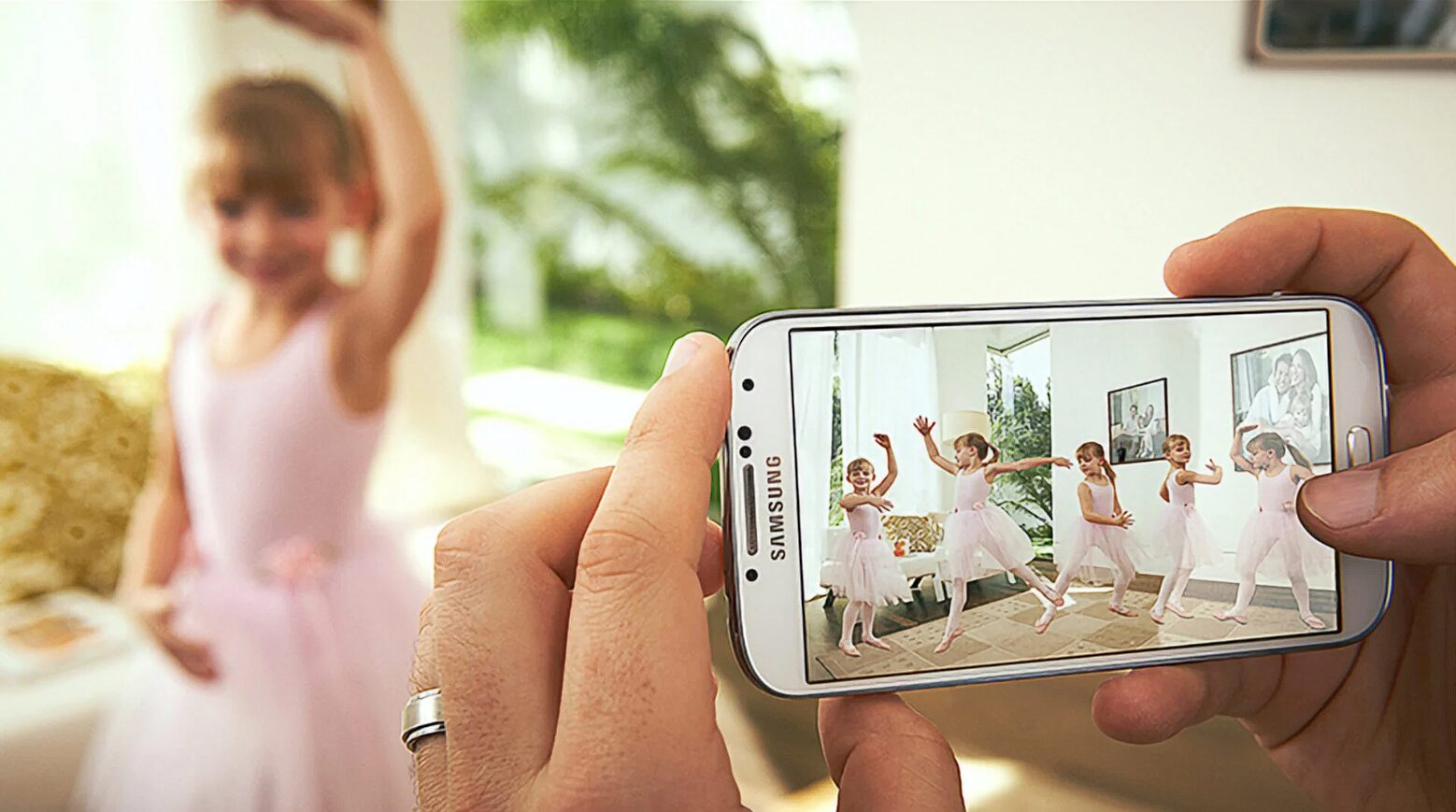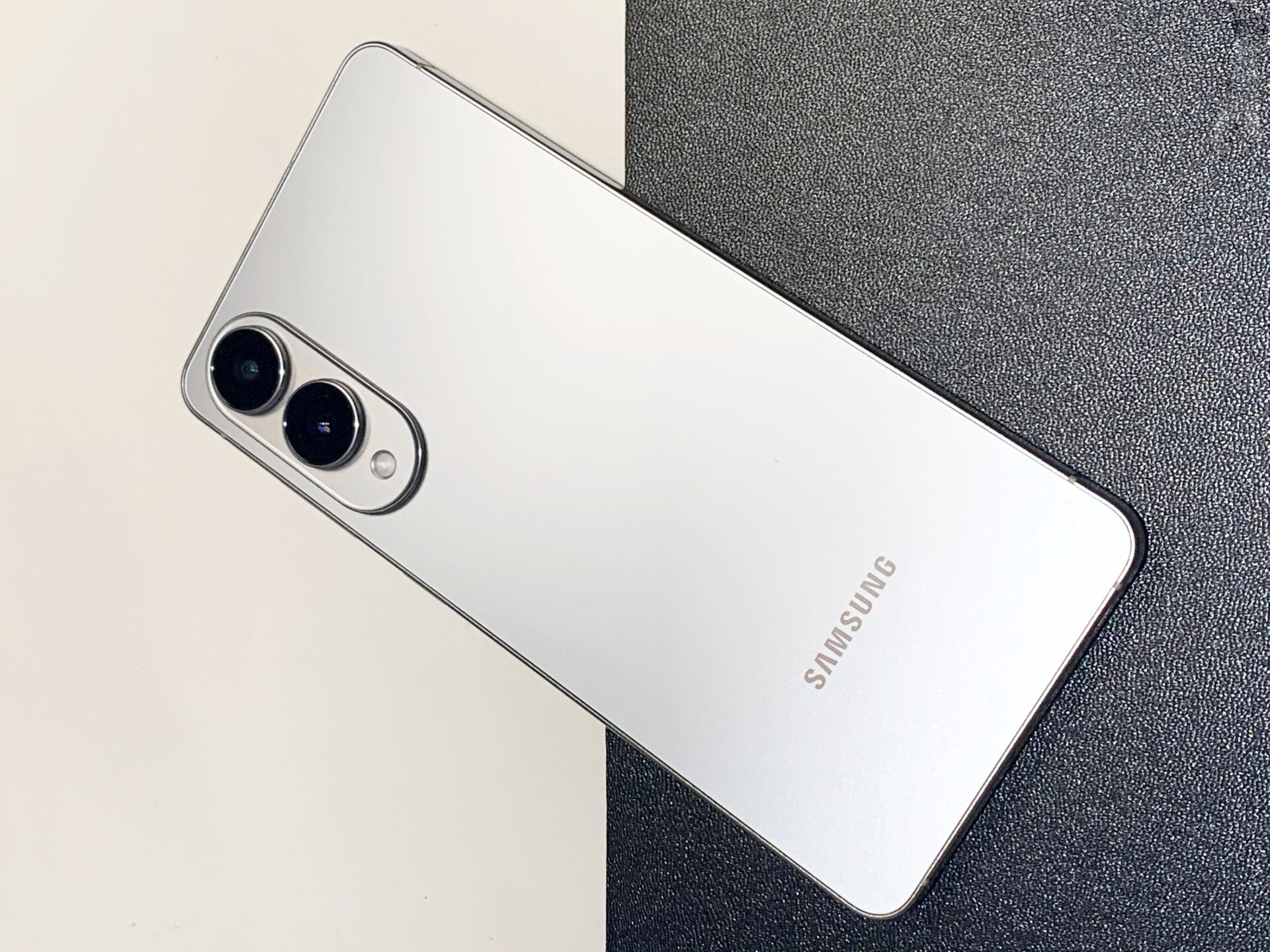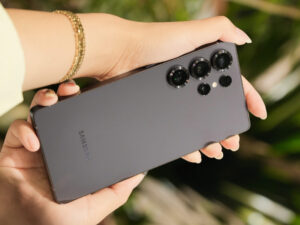Apple’s just rolled out the iPhone 17 series, bringing in four count ’em, four new models with the usual fanfare. The headline feature this round? “Dual Capture,” their latest pitch to content creators: record with both the front and back cameras at the same time. Now, if you’re locked into Apple’s ecosystem, that probably sounds fresh. But, from a technical standpoint, let’s not kid ourselves, this feature isn’t new by a long shot.
Apple is 11 years behind, adding the dual-shot feature now
In reality, Samsung users have had this functionality in their grab bag for years. The Galaxy S4 dropped “Dual Shot” back in 2014, allowing users to snap and film using both cameras simultaneously. And Samsung didn’t just leave it at that. Over the past decade, they’ve iterated and rebranded, now calling it “Dual Recording” within the Director’s View mode, offering users a range of dynamic composition options. So, in terms of technical evolution, Samsung’s approach shows a pretty clear track record of sustained development and user-driven refinement.
What’s interesting from a design philosophy angle is that Apple often waits till a feature is mature elsewhere before adopting it and giving it that signature Apple user experience polish. And yeah, that strategy works for them most of the time, polish does matter, especially for non-technical users.
But for people following the industry, it’s glaringly obvious that Apple’s innovation pipeline sometimes leans on, well, “inspiration” from rivals. If you dig into the details, you’ll notice that Apple tends to absorb proven technologies (whether it’s multi-camera setups, AMOLED panels, or, now, concurrent front-and-rear recording) and wrap them up in a slick, streamlined UI rather than reinvent the tech from scratch.
Let’s talk hardware, too. The new iPhone 17 Air? Apple’s touting its ultra-thin chassis like it’s humanity’s next big step, but Samsung’s Galaxy S25 Edge has been championing that aesthetic for ages. In fact, when you side-by-side the two, Samsung’s still ahead in terms of display real estate, battery stamina, and, honestly, flexibility with camera modes.
Samsung’s hardware design principles have consistently prioritized pushing the envelope, whereas Apple tends to prioritize incremental enhancements within a tightly curated framework. That approach keeps their user experience consistent, but it also means genuinely new tech sometimes shows up late.
Samsung’s Director’s View isn’t just about dual recording; it creates real workflow advantages for vloggers and filmmakers. Want to switch between cams on the fly? Want picture-in-picture or side-by-side layouts during live recording? You get those options, whereas Apple’s just getting its feet wet with a more basic version of the same concept. The ecosystem differences are clear. Samsung pushes out customization and versatility; Apple serves up refined, but sometimes more restricted, user pathways.
So, all excitement aside, Dual Capture on iPhone 17 is an overdue nod to a feature Android users have practically taken for granted. Apple users will benefit; no doubt, they’ll probably even call it game-changing. But in the technical big picture, Apple’s catching up, not breaking new ground. In the world of mobile innovation, following isn’t always a bad thing, but it’s important to recognize when a new “breakthrough” is actually Apple catching up to the rest of the class.


 Erencan Yılmaz
Erencan Yılmaz




